Your cart is currently empty!
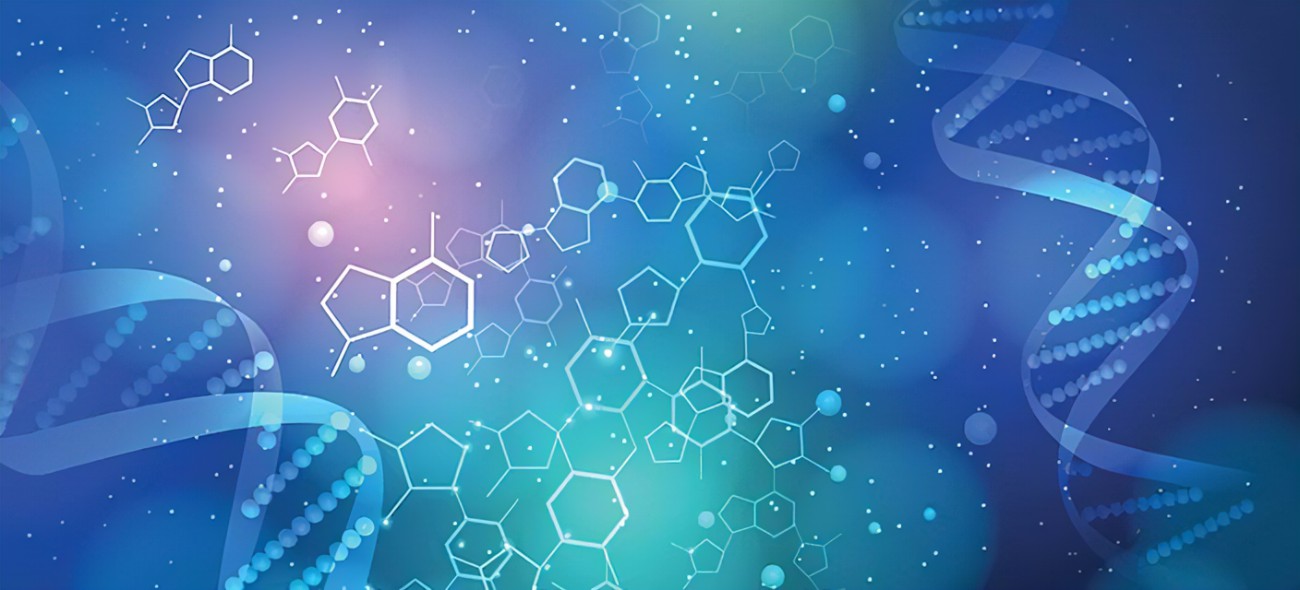
Hexarelin – 10 mg
Hexarelin was first synthesized in 1992. It is the peptide that has the absolute strongest effect on growth hormone release of all GHR peptides known to date.
Description
Hexarelin was first synthesized in 1992. It is the peptide that has the absolute strongest effect on growth hormone release of all GHR peptides known to date. Hexarelin is very similar in effects to Ipamorelin, and like Ipamorelin, it can also block unwanted somatostatin (growth hormone inhibiting hormone) in addition to stimulating GH production. However, the disadvantage compared to Ipamorelin is that when the recommended dose of 1 application of 1 mcg per 1 kg body weight of Hexarelin is exceeded – it can also increase the production of prolactin and cortisol, so we do not recommend exceeding this dose for this reason. Hexarelin has no effect on appetite compared to GHRP-6. Currently, Hexarelin is very commonly used in bodybuilding and power triathlon.
Hexarelin – when administered, increases the growth factor MGF and IGF-1 to the maximum value, no other GHR peptide gives a similar result. It sounds unbelievable, but thanks to this, when taking Hexarelin you can quickly gain massive muscle mass even without physical exertion and exercise (assuming sufficient protein intake, of course).
The most effective at stimulating growth hormone secretion of all GHRPs (GHR peptides)
Significantly improves muscle relief, hardness and density, striations
Very effective in helping to build muscle mass and strength
It is effectively rejuvenating, has a strong anti-aging effect
Provides a protective effect for the liver
Improves skin properties, reduces wrinkles
Effectively strengthens the immune system
Improves recovery and regeneration
It is effectively rejuvenating, has a strong anti-aging effect
Significantly reduces body fat
Has a strong anti-inflammatory effect
Brings a feeling of energy and vitality
Strengthens bones
The ideal daily dose is 1 mcg of Hexarelin per 1 kg of body weight, 3-4 times a day. So if your weight is 80 kg, for example, you will need at least 240 micrograms of Hexarelin per day (apply 3 times the 80 mcg dose = 240 mcg of Hexarelin per day in total). For muscle growth, Hexarelin is best applied 1st dose 30-40 minutes before a pre-workout meal, 2nd dose immediately after exercise and 3rd dose in the evening before bed.
The best combination is to take Hexarelin together with the peptide CJC-1295, when their mutual synergistic effect occurs. For example, if we assign a notional 2 points to the effect of Hexarelin and 2 points to the effect of CJC-1295, the combined use of the two together will not result in the sum of their separate effectiveness or 4 points (2 + 2 = 4), but 6 points.
Hexarelin and Cardiac Function
Hexarelin is a synthetically developed growth hormone receptor (GHR) that is known for its ability to efficiently activate the growth hormone secretagogue receptor (GHSR) in a fashion similar to that of the naturally occurring peptide, ghrelin. However, when comparing hexarelin to ghrelin, hexarelin is the more stable and potent compound of the two.
Previous studies show that ghrelin can be administered to improve cardiovascular functioning in terms of cardiac output, ejection fraction, and exercise capacity in rats experiencing chronic heart failure. While ghrelin is successful in treating heart failure it is considered a highly unstable compound, hexarelin on the other hand has shown promise in treating cardiovascular disease on the same level as ghrelin, however, hexarelin is far more stable and much more effective.
Hexarelin and Improved Cardiac Health
In a study conducted by Mao et. Al, hexarelin was administered to various animal subjects in order to observe its effects on apoptosis, ischemia-reperfusion injury, myocardial infarction, cardiac fibrosis, and atherosclerosis.
Neonatal rats were treated with varying doses of hexarelin to examine how the peptide is capable of inhibiting apoptosis in cardiomyocytes. The results of this portion of the study found that hexarelin treatment decreased levels of apoptosis induced by angiotensin II as well as doxorubicin-induced apoptosis. Additionally, it helped to increase the viability of the myocytes and promoted the survival of cardiomyocytes and cardiac epithelial cells.
Zucker rats were treated with 1 micromol/L of hexarelin and then subjected to ischemia for 30 minutes and reperfused for 120 minutes. It was found that with this dose of hexarelin for 30 days the heart damage caused by the ischemia was significantly decreased. The hexarelin treatment promoted cell survival, decreased apoptosis of the cardiomyocytes, and preserved the electrical properties of the myocytes. Furthermore, results showed that in rats treated with hexarelin there was improvement in left ventricle pressure as well as more protection against ischemia and angiotensin II secretion.
Male rats underwent ligation of the coronary artery. Four weeks after the procedure the rats were treated with 100 micrograms/kg/day of hexarelin for two weeks. The results of this portion of the study were very straightforward, it was found that this method of treatment led to a decrease in peripheral resistance, and increases in stroke volume, cardiac output, and cardiac index.
Cardiac fibrosis occurs when there is too much collagen, types I and II, and proteins being deposited throughout the cardiac muscle. Treatment with hexarelin in hypertensive rats over 5 weeks led to a decrease in cardiac fibrosis via a decrease in collagen deposition, and hydroxyproline content in the myocytes. Furthermore, hexarelin treatment decreased blood pressure, left ventricular hypertrophy, and diastolic dystrophy. Hexarelin also decreased the upregulation of TGF-beta expression and secretion caused by angiotensin II.
Atherosclerosis is caused by increased levels of triglycerides and cholesterol. Sprauge-Dawley rats experiencing atherosclerosis were treated with hexarelin. Results found that the formation of atherosclerotic plaques was prohibited. Additionally, hexarelin treatment was seen to lower the ratio of HDLP cholesterol to LDL cholesterol and increase levels of nitric oxide and the mRNA expression of endothelial nitric oxide synthase. While there was little to no change in the triglyceride levels, plasma cholesterol was reduced. This led researchers to conclude that hexarelin is capable of treating atherosclerosis through the regulation of various cholesterol levels (https://www.ncbi.nlm.nih.gov/pmc/articles/PMC4178518/).



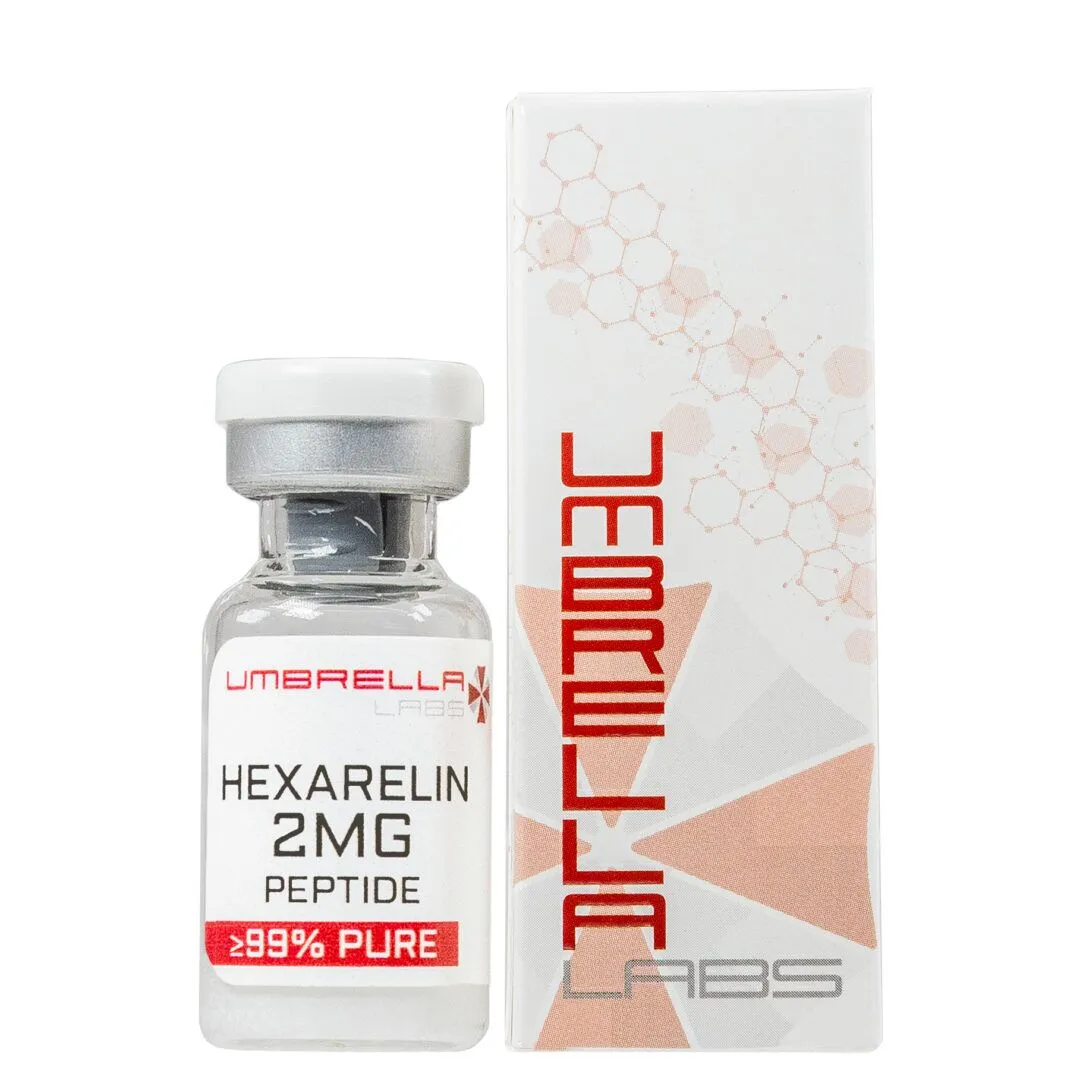
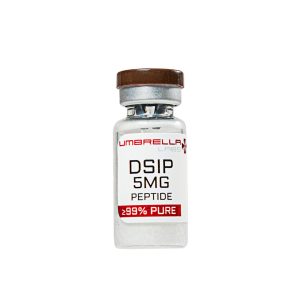
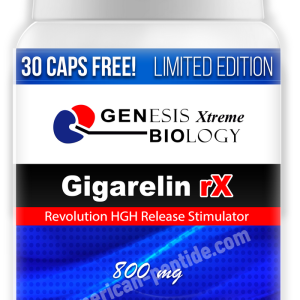
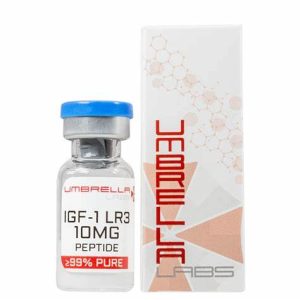
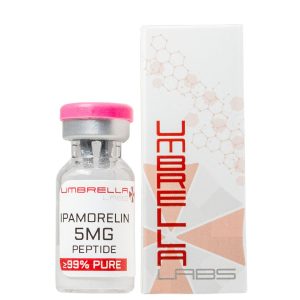
Reviews
There are no reviews yet.